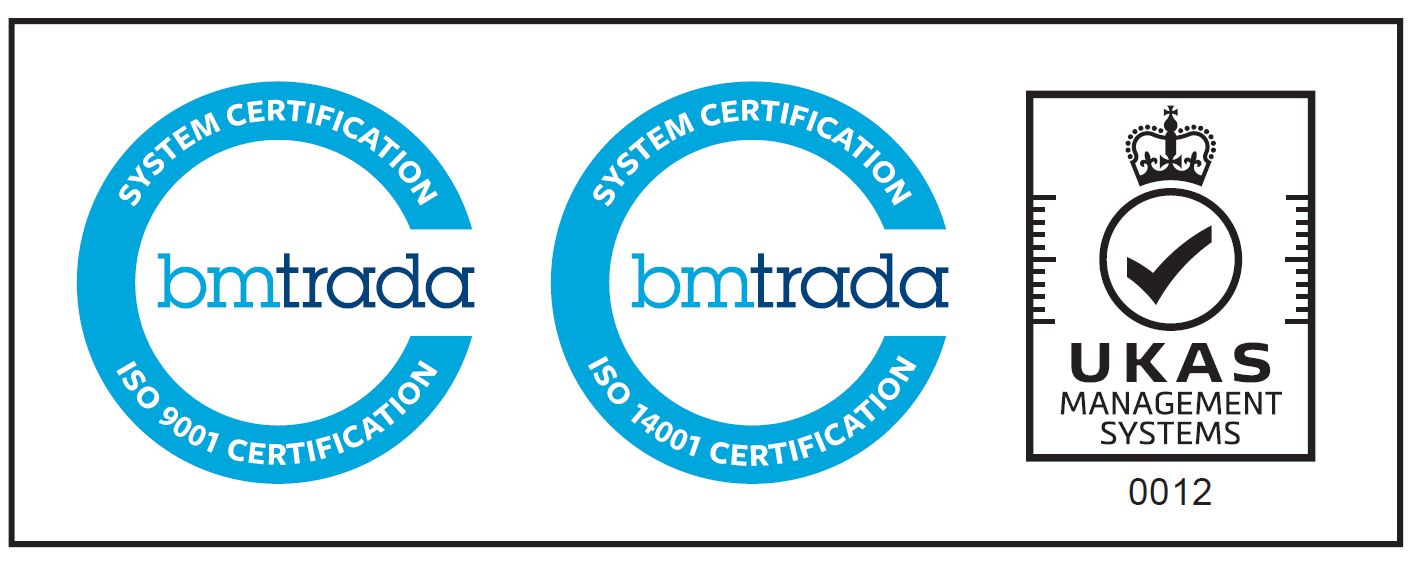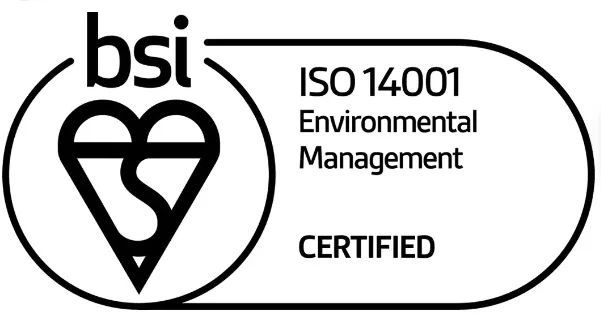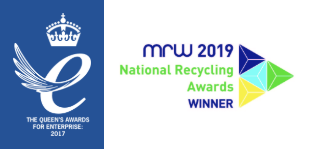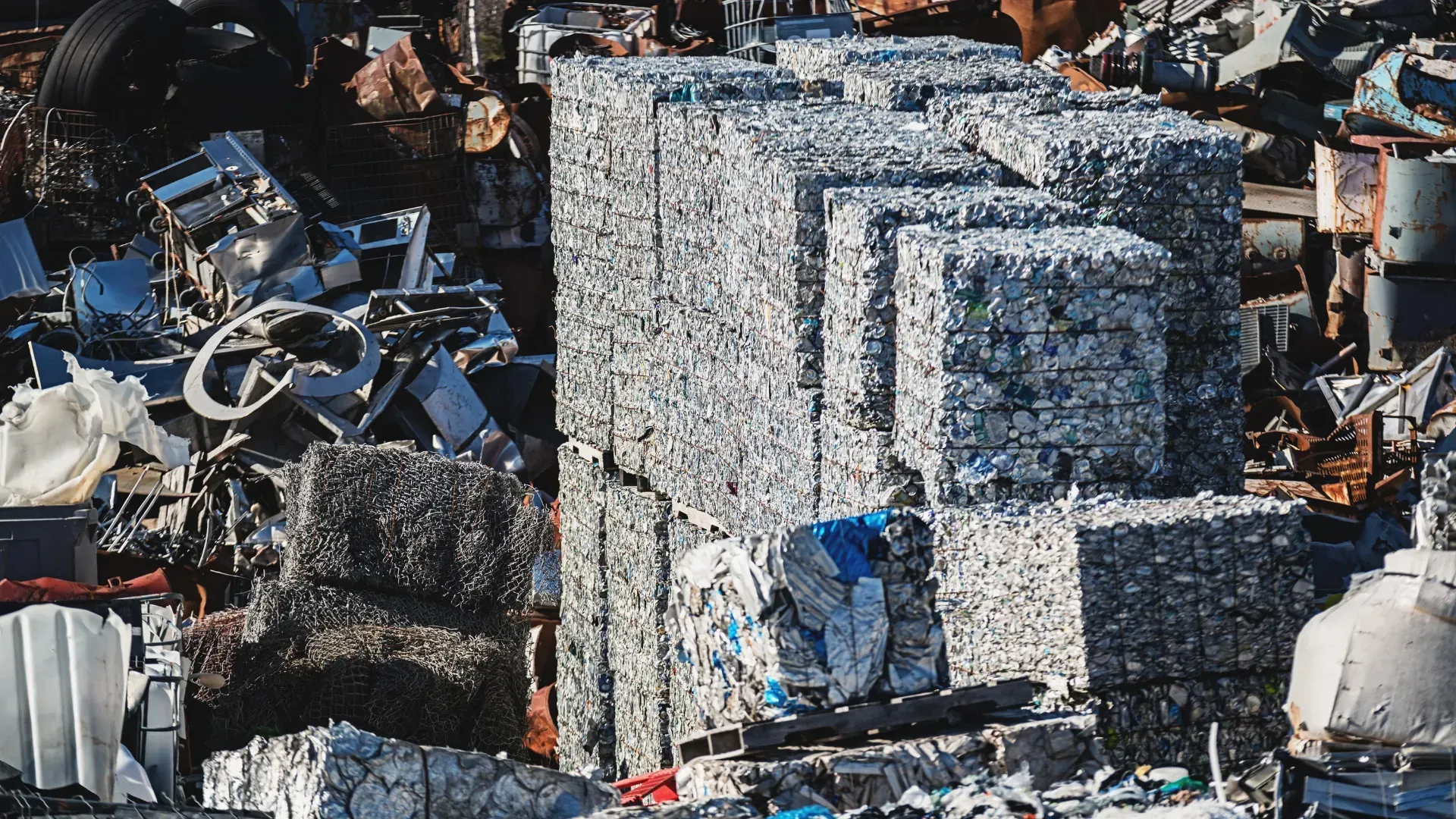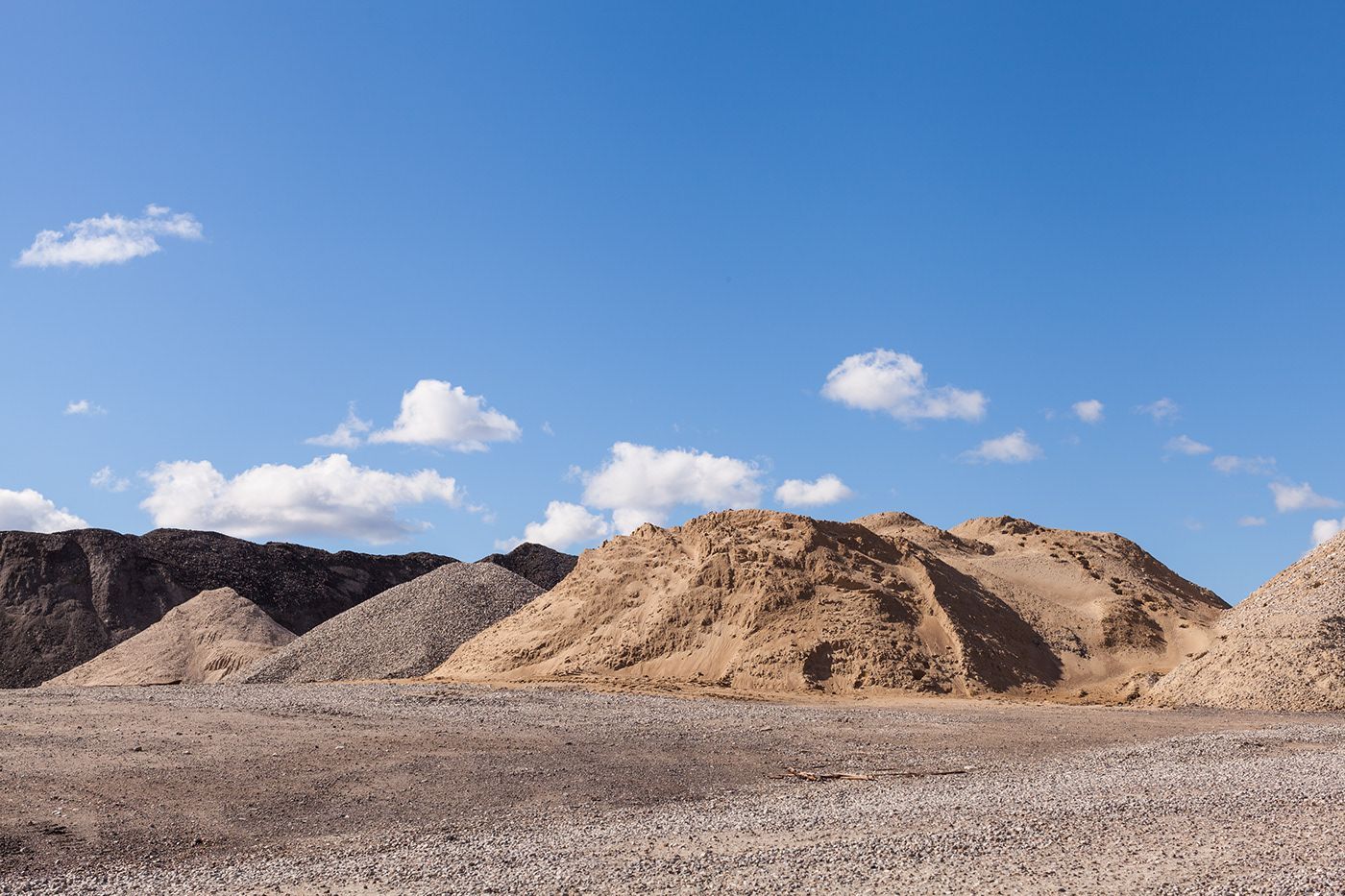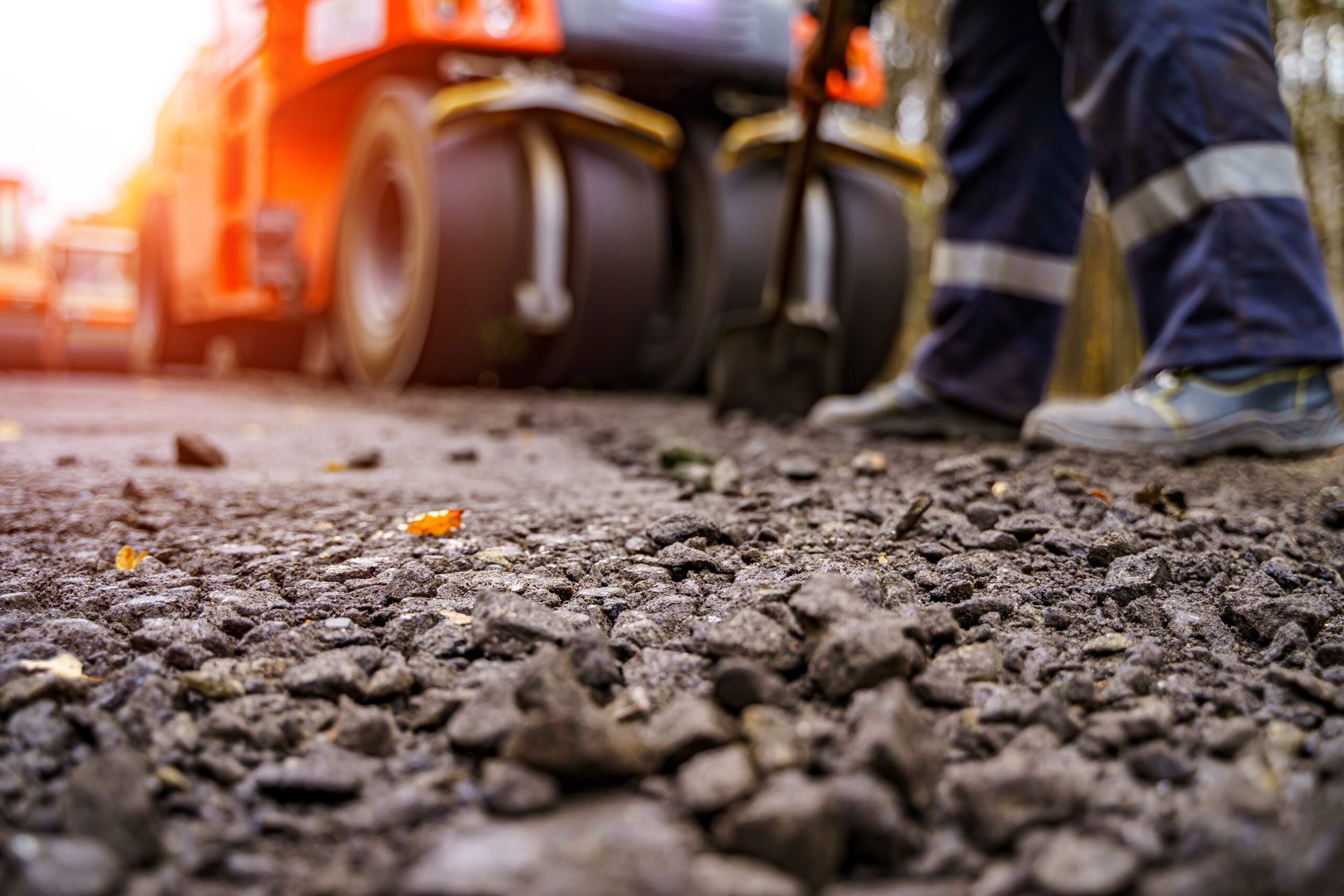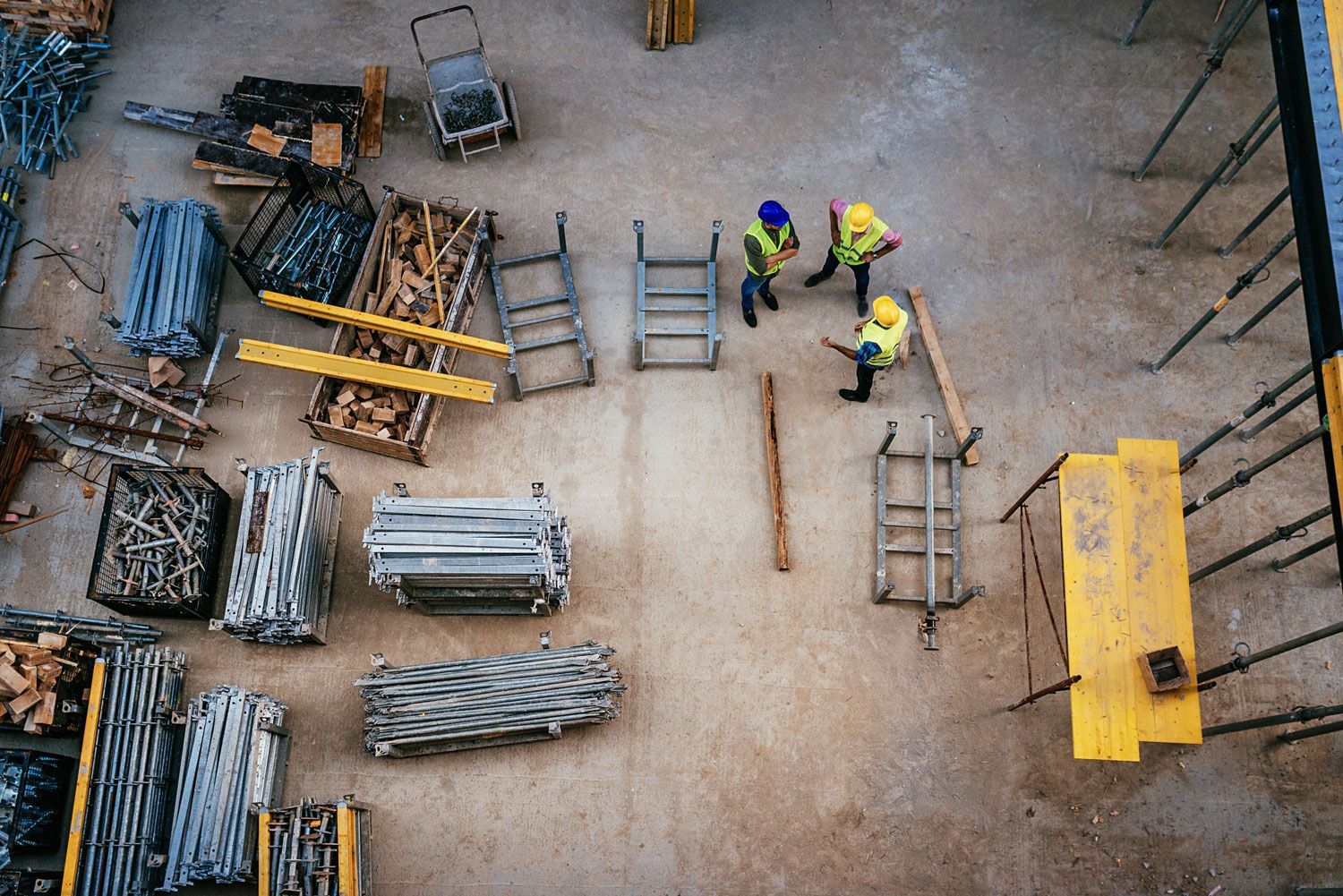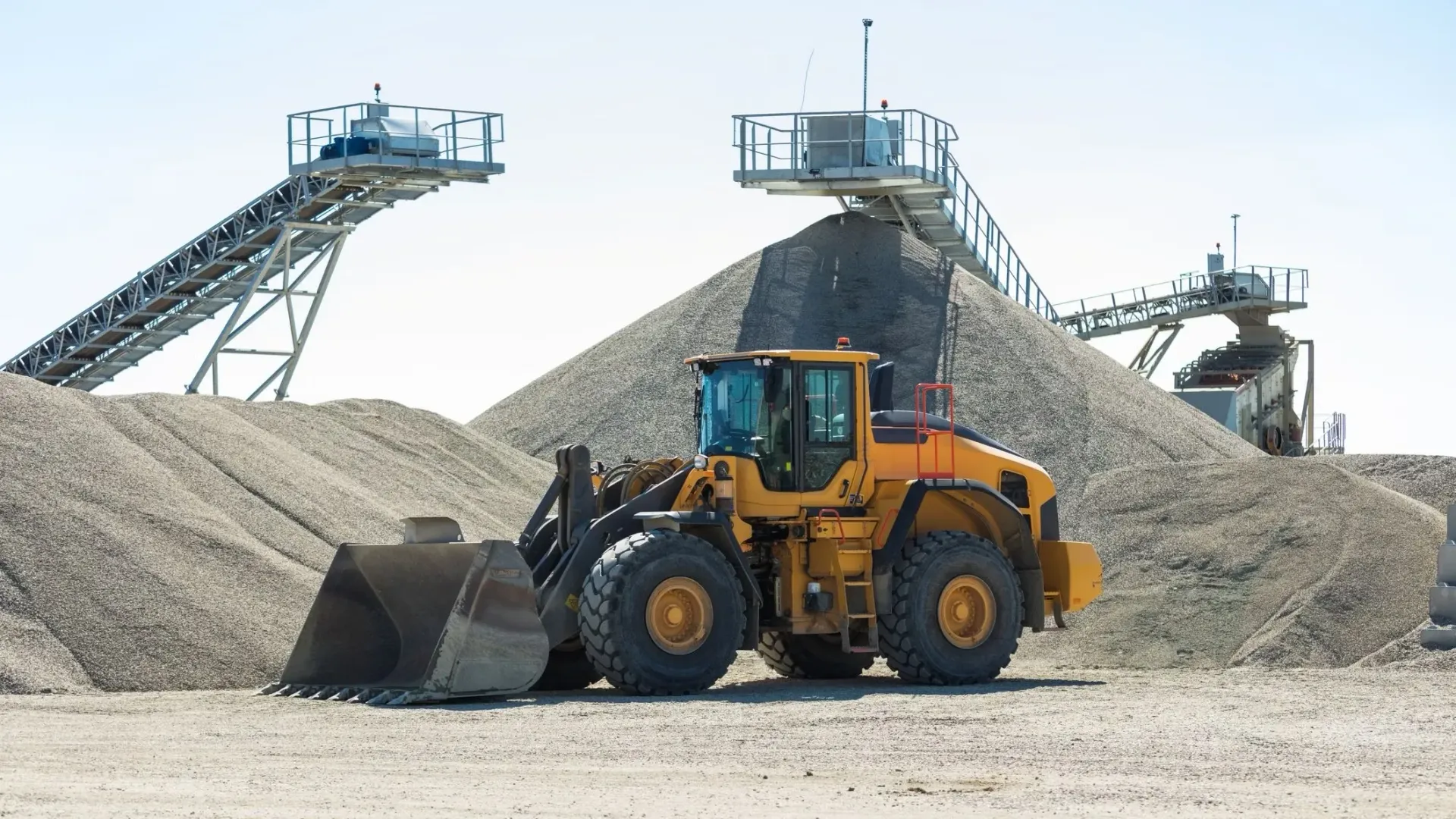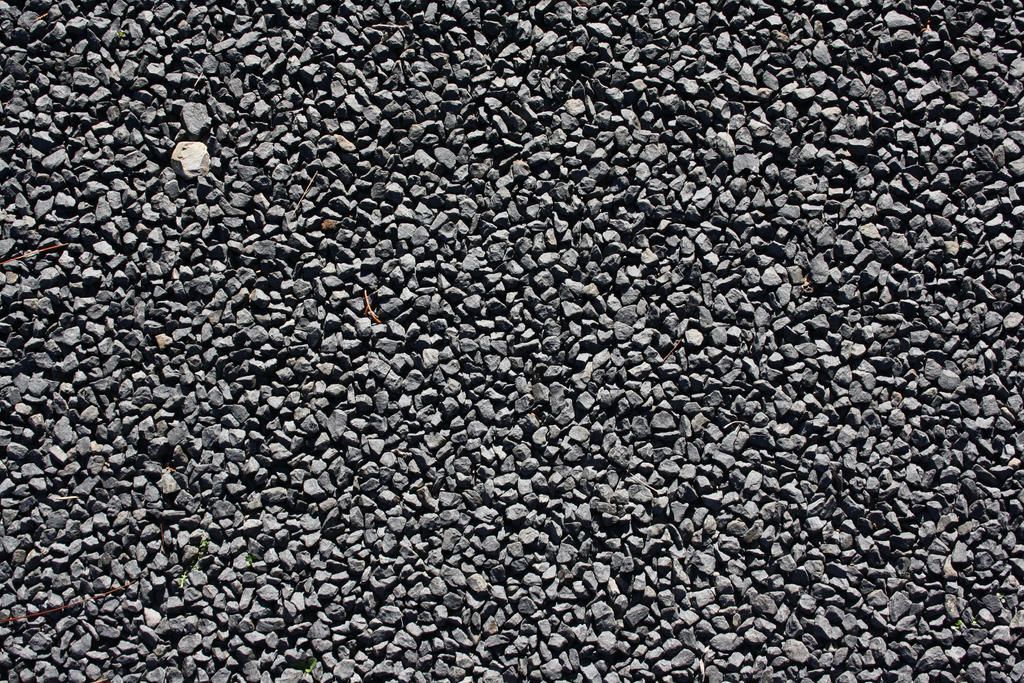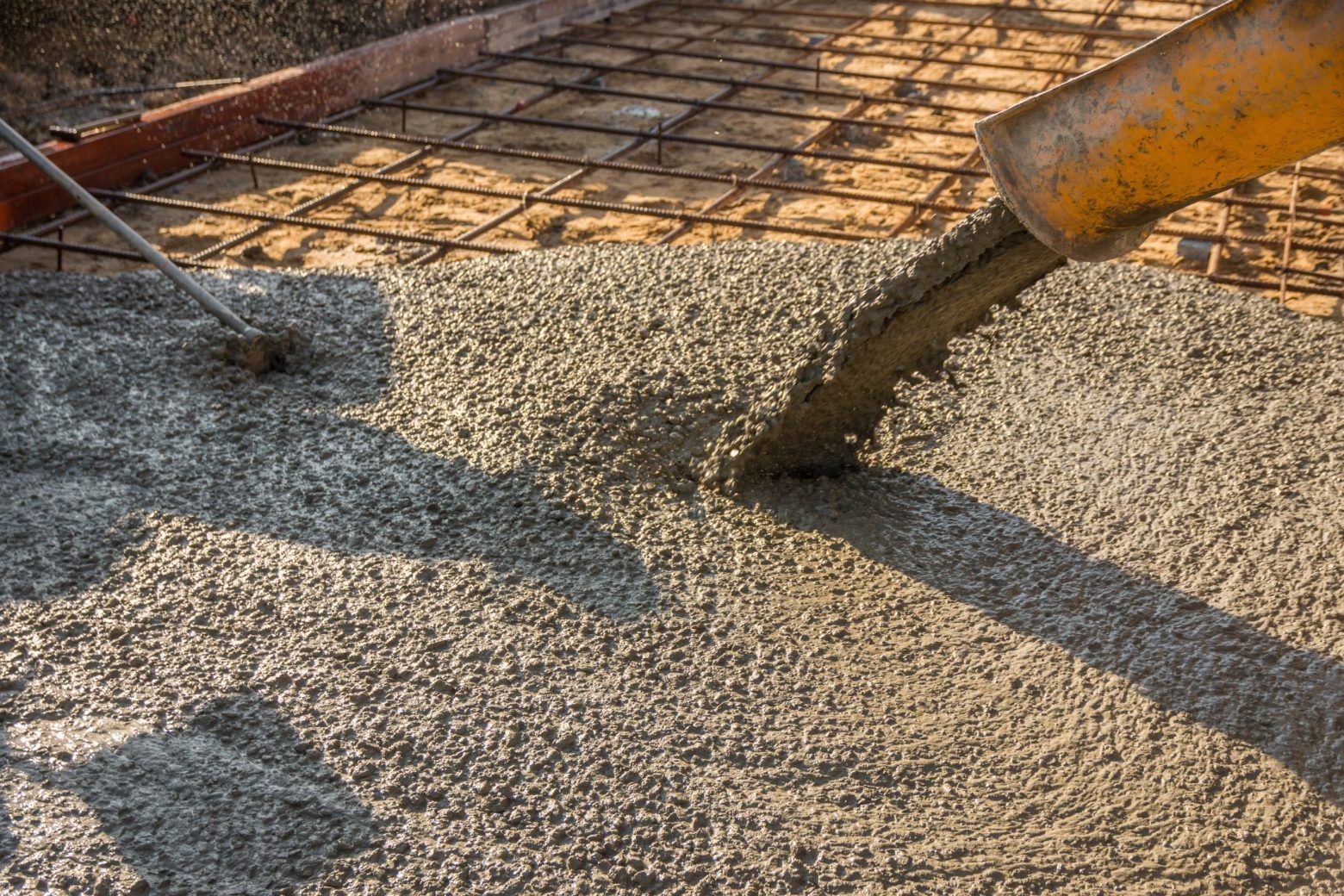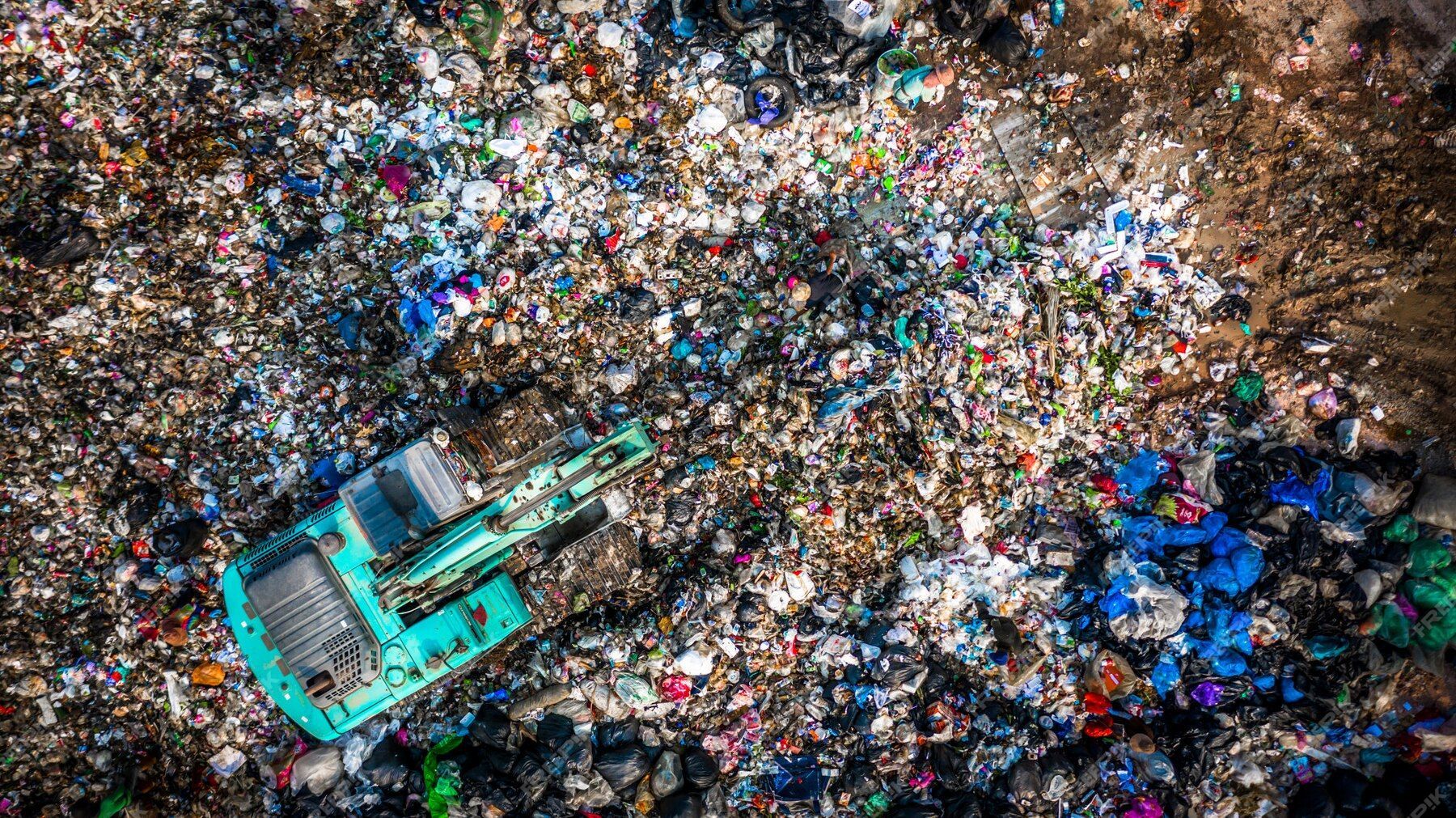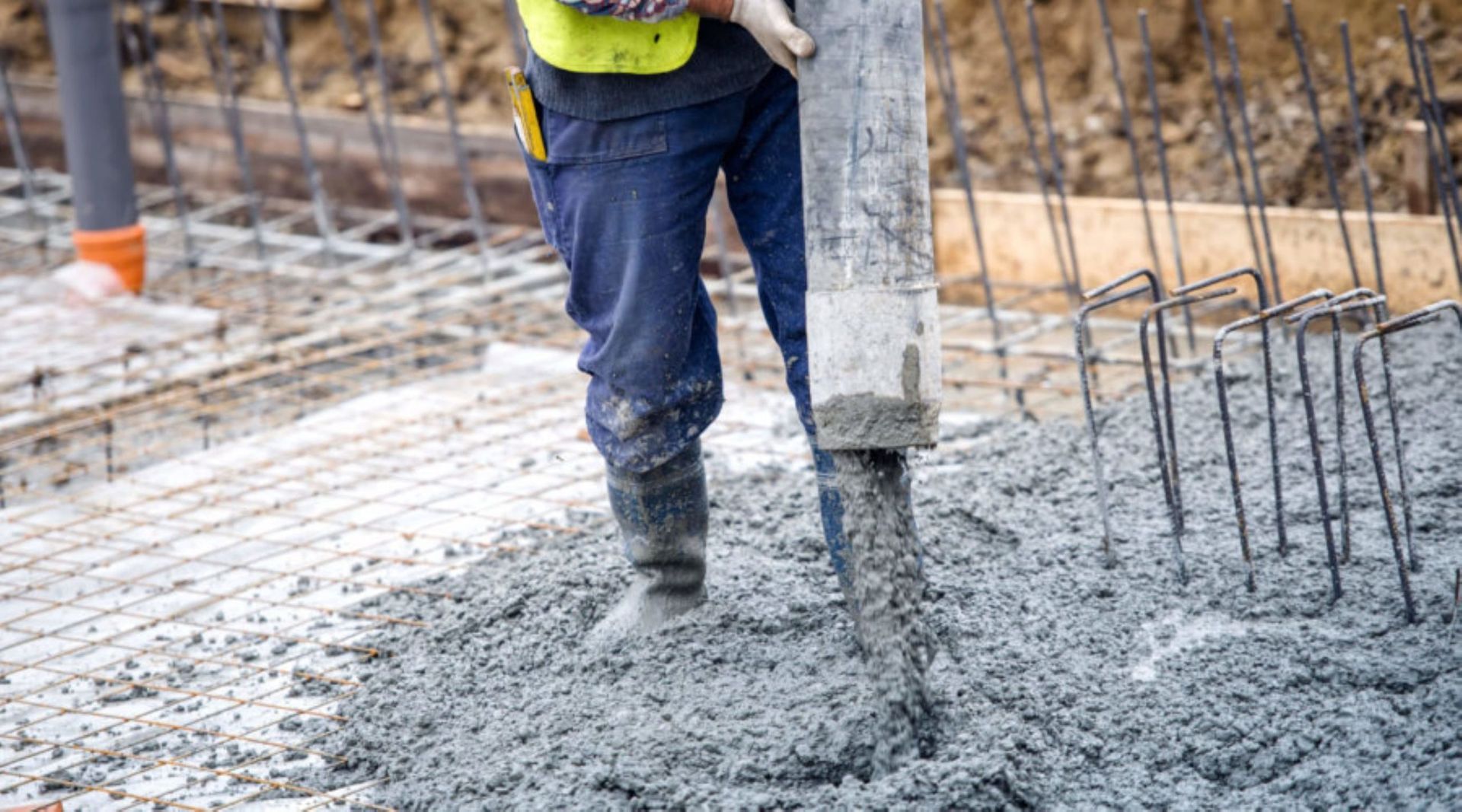The Five Most Common Forms of Concrete
Created by mixing specific amounts of water, cement and aggregates, concrete provides strength, durability and resistance to structures. This is why there are now a number of different types of concrete available, each with slightly different properties, making them applicable for unique situations and needs. Let’s take a closer look at the five main concrete types and their differing purposes:
Traditional Concrete
Combining all the basic ingredients, concrete, sand and aggregates through the use of the 1:2:4 ratio, this form of concrete is regular strength, used for pavements or buildings that don’t require high tensile strength. In general, it takes between 30 and 90 minutes to set, but this will always be dependent on the weather conditions at the building site. Typically, it’s not very useful for many other structures since it doesn’t withstand the stresses caused by wind loading or vibrations.
Reinforced Concrete
Widely used in modern construction, this form of concrete is reinforced, aided by placing wires, steel rods or cables into the concrete before it sets. This is commonly referred to as rebar. In recent times, fibres have replaced rebar as a form of reinforced concrete, as they resist tensile forces while the concrete itself helps resist compressive forces. Through creating a strong bond, the two materials resist a variety of applied forces, in essence, becoming a singular element. Invented in the 19th century, reinforced concrete dramatically changed the construction industry. Buildings, bridges and roadways rely on this type of concrete. When you travel near a construction site, you’re likely to see reinforced concrete with a rebar.
Lightweight Concrete
Concrete that has a density weighing less than 1920kg per metre cubed is now classed as lightweight. Through the use of much lighter aggregates in the mixing process, which contribute less to the density of the final product, artificial materials such as clay, perlite and vermiculite may be added to natural minerals like pumice and scoria. Lightweight concrete is a important variant, as it produces extremely low levels of thermal energy, making it perfect to protect large steel structures and as foundational building blocks.
High-Density Concrete
In contrast to lightweight concrete, any concrete mixture with a density of over 3000kg per metre cubed is classed as high-density concrete. This type of concrete uses much heavier aggregates like crushed rocks, specifically barytes. An extremely useful type of concrete, a high-density type aids radiation resistance, making it a popular choice in the construction of nuclear power plants or storage facilities.
Precast Concrete
As you’d expect, precast concrete is made via the use of casts in a factory, before being transported to the construction site in units. Regularly made for concrete blocks, poles, precast walls and staircases, their primary advantage is the quick assembly, and having been made inside a factory, the quality control is usually superb.
WM Thompson & Sons Ltd provides efficient delivery and pouring of concrete in Glasgow and throughout Lanarkshire. We can supply a full range of specialist concrete solutions made at our state-of-the-art static batching plant. Get in touch today to find out what concrete solutions we can provide for you.
